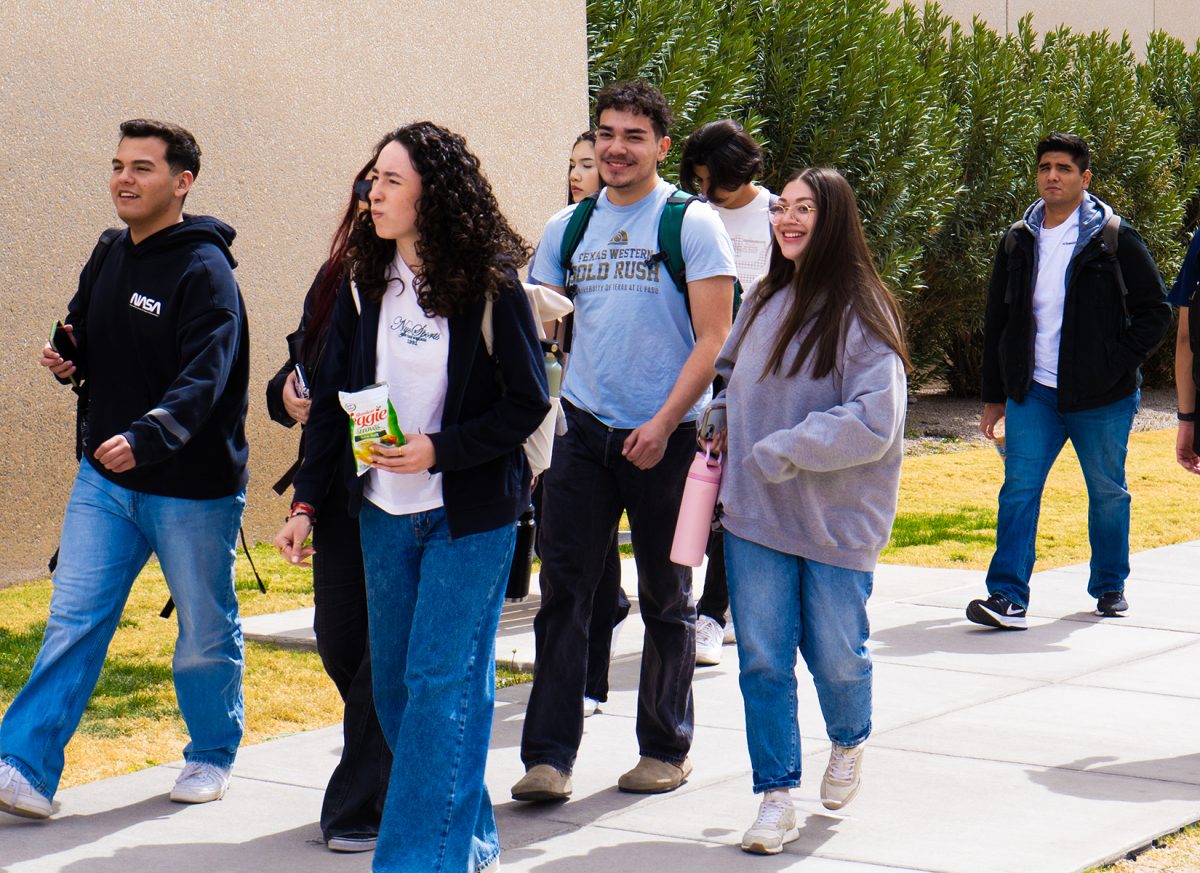Currently celebrating the Hispanic Heritage Month, UTEP has offered many opportunities in which students and the general public can learn more about the Latin American decent. As a result, a special talk on the fresco process by artist, Frederico Vigil, will be offered on Sept. 18 from noon – 1:30 p.m. at the Stanlee and Gerald Rubin Center for the Visual Arts.
Born and raised in Santa Fe, NM, Vigil was inspired by the rich Hispanic history and it has become the trademark of his art. Vigil spent close to a decade on his latest work called, “Buon Fresco,” (true fresco) the largest concave fresco in North America, measuring 4,000 square feet.
“Buon Fresco,” depicts about 3,000 years of Hispanic history in the broadest sense, from Europe to Mesoamerica and into the American Southwest, illustrating the complexities and diversity of the Hispanic experience.
This particular fresco is a complex process, following a series of steps that the artist has to be very vigilant about, requiring him to have great precision and concentration.
The long process of creating the fresco began with a wall rough-plastered with two layers of lime, cement and sand mixtures. The third layer is a smooth surface on which the sinopia or rough sketch of the overall design is drawn. Overall, it involves numerous coats of plaster, various stages of drawing, precise mixing of inorganic pigments and application of paint onto wet plaster.
Moreover, this particular talk will focus on Vigil’s fresco process, which was taught to him through an internship in 1984 with Lucienne Block and Stephen Pope Dimitroff, who were apprentices to Diego Rivera. Vigil has followed the steps of great masters and continues to teach them to younger generations, through this keynote presentation.
For more information, call the Stanlee Gerald Rubin Center at (915) 747-6164.
Andrea Acosta may be reached at [email protected].










